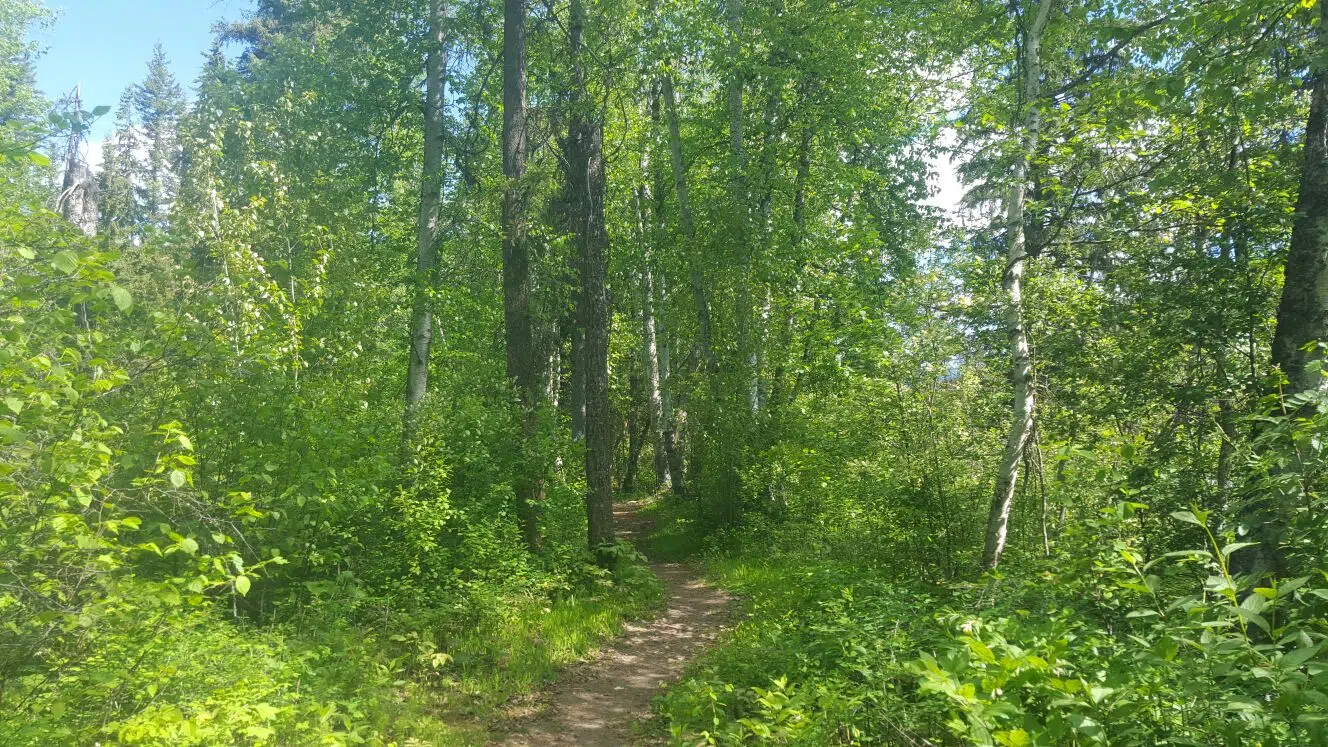
Why BC forests need a Lorax or two
It was on a very rainy early day of spring that, being half-way through the book beautifully titled ‘The Hidden Life of Trees’ by Peter Wohlleben (Greystone Books, 2016), I sank into that state of loving what I was reading, being intrigued by what I was learning, and at the same time feeling saddened by what is revealed if you are to take a peek at the way trees are cared for in our province.
On a recent trip to a cabin near Bridge Lake, we talked to the host about the same. The pitiful state of affairs in the area. The local school was closed because the jobs disappeared when the mill closed. Other businesses went down with it, which, as you’d guess, created a chain of events that culminated with a plethora of properties for sale, a closed school and people migrating towards greener pastures.
A trip to Vancouver Island two summers ago revealed shockingly large areas that have been clear-cut. The cosmetic strip alongside the road almost makes you miss the lifeless areas where healthy old trees once stood. If you care to look up the state of logging on the island, you might be as stunned as we were when we discovered that almost 90 percent of the old-growth forests there have been logged.
During a family trip to Victoria we got to see a peaceful protest in front of the legislature, aimed to protect another old-growth forest scheduled for logging, the Walbran Valley forest. You don’t have to be a hippie or a tree-hugger to realize that losing forest ecosystems is not a positive thing. Not even for the local economy, as it turns out.


